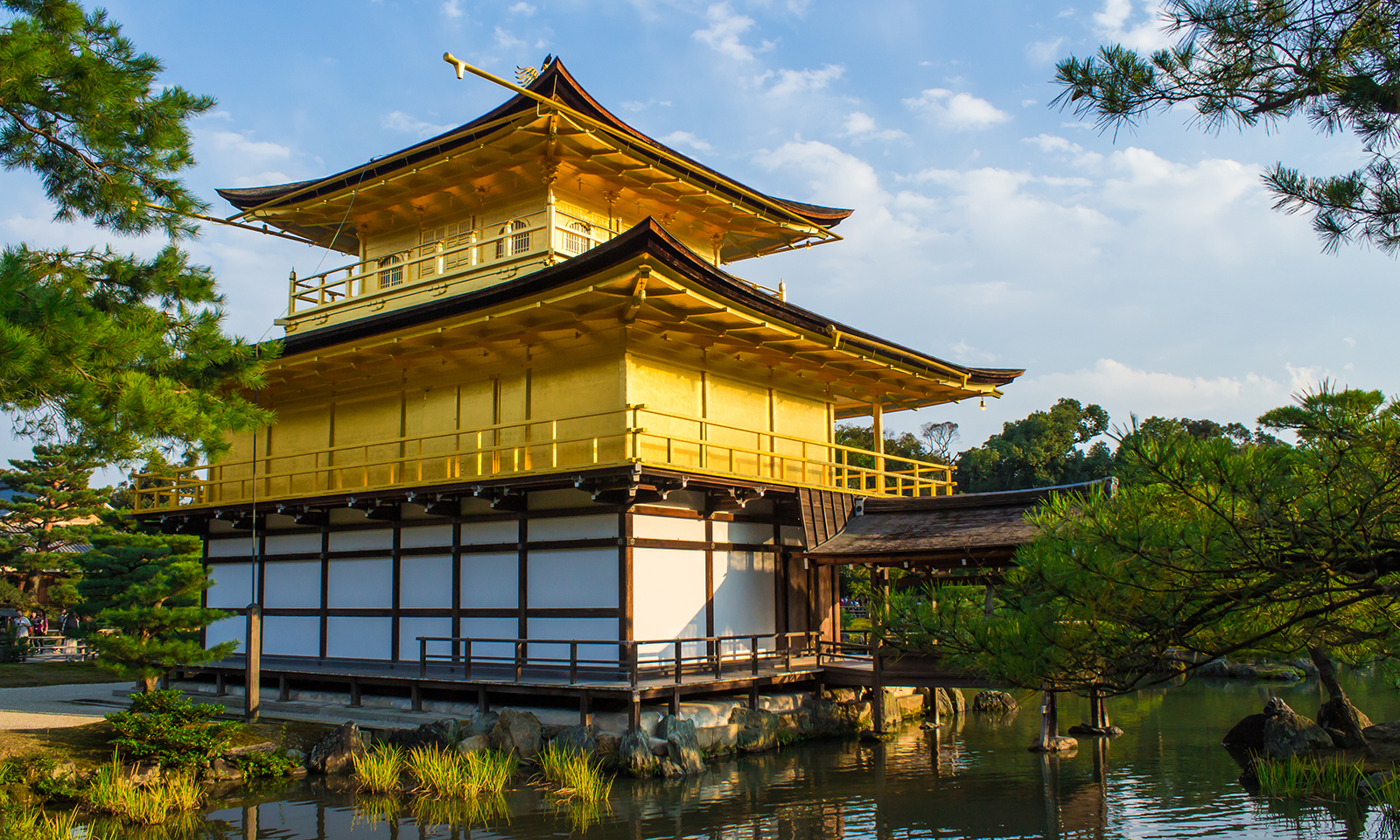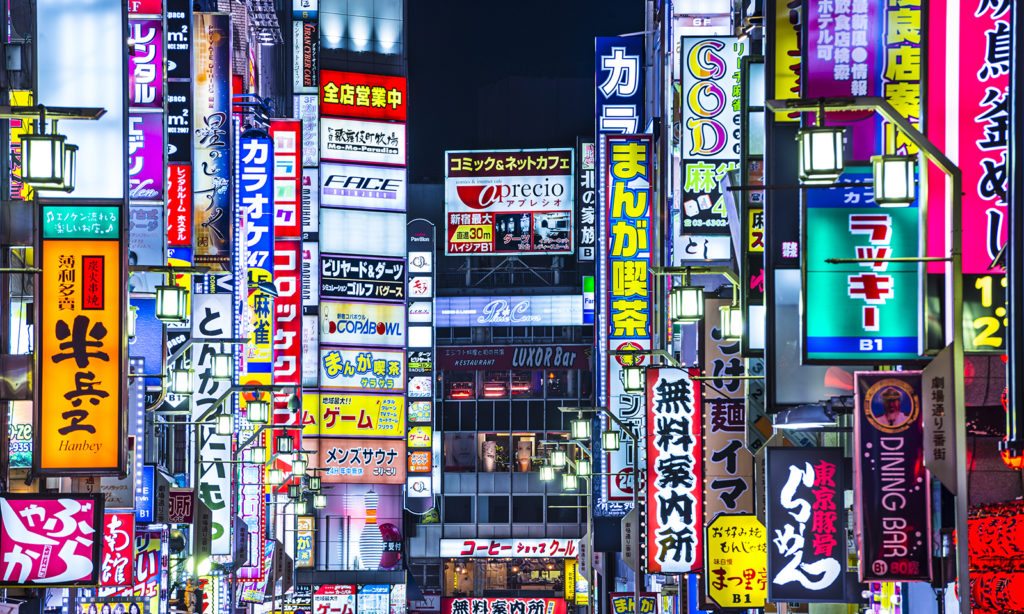
Japan is a great choice for travelers who have Asia on their bucket list. It’s a relatively small country with a high-speed train network that makes it easy to cover a lot of ground in a short period of time.
Tokyo, the bustling, cosmopolitan capital, will be your entrée to modern Japan, while Kyoto, the former imperial capital, will immerse you in the country’s ancient history and culture.
In Tokyo, be sure to spend some time walking along the Ginza, Japan’s equivalent of Fifth Avenue. You’ll find department stores, art galleries, luxury boutiques and lots of shops selling traditional Japanese items. When you’re ready for a break from shopping, there are plenty of dining options, from Michelin-starred sushi restaurants to humble stands that sell ramen. On weekend afternoons, the Ginza’s main street becomes a pedestrian mall.
Among the city’s historic sites, be sure to visit the Meiji Shrine, located in a wooded area in the heart of the city. Named after a 19th-century emperor, it’s the country’s most famous Shinto shrine and on Sundays you may see a wedding procession in the courtyard. Tokyo’s oldest religious shrine, the colorful Sensoji Temple, dating from the seventh century, is dedicated to the Buddhist god of mercy and happiness. For a small window into royal Japan, the East Gardens of the Imperial Palace is open to the public.
Plan a visit to the Tokyo National Museum on the grounds of Ueno Park for an introduction to Japanese history. The collection of more than 100,000 pieces of art and artifacts includes calligraphy, paintings and samurai armor and swords. The park’s Ueno Zoo is home to a panda couple and their cub, Xiang Xiang, who was born in 2017.
For a panoramic view of the city and surrounding area, head to the Tokyo Skytree, a broadcasting and observation tower that’s Japan’s tallest structure at 2,080 feet.
Kyoto is about 2½ hours by train from Tokyo. It’s also one of Japan’s best-preserved cities. You’ll find many examples of traditional wooden architecture as well as Buddhist temples, Shinto shrines, palaces and gardens.
One of Kyoto’s most famous shrines is the Buddhist Kiyomizu Temple, perched on a hill overlooking the city and dating from the 17th century. Also noteworthy is the Fushimi Shinto shrine, dedicated to the god of rice and sake. Some 10,000 red and orange lacquered gates line the 2½-mile path to the shrine on Mount Inari, with places to stop and rest along the way, including restaurants and teahouses.
Kyoto’s Nishiki Market is a must-see stop in the city. It’s five blocks long and lined with more than a hundred stalls selling food and specialty goods. The Gion neighborhood is a perfect place for a stroll. You’ll find traditional wooden ryokan, or guesthouses, as well as shops selling crafts and antiques. Gion Corner is the place to see Japanese arts, including dances, Bunraku puppet theater, music, a tea ceremony and flower arranging.
For help planning a trip to Japan, visit our Japan Inspiration page to find a specialized travel agent.
